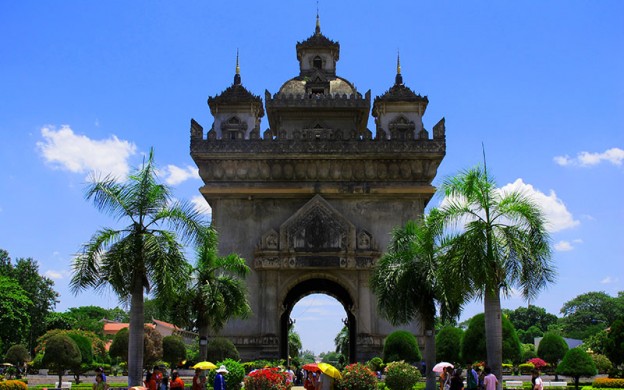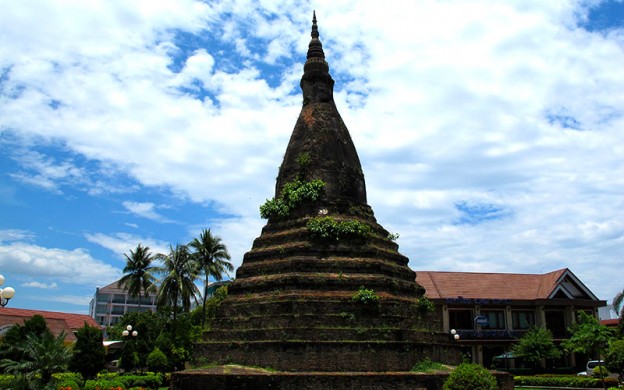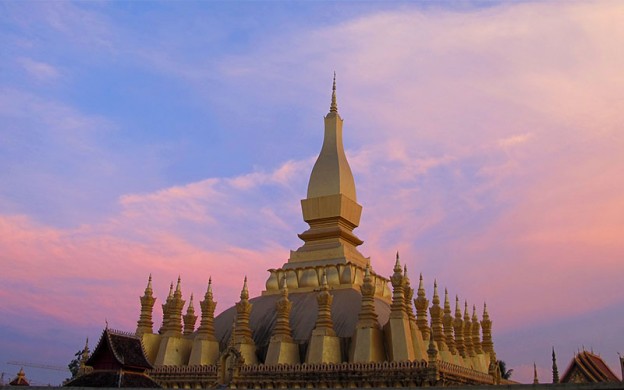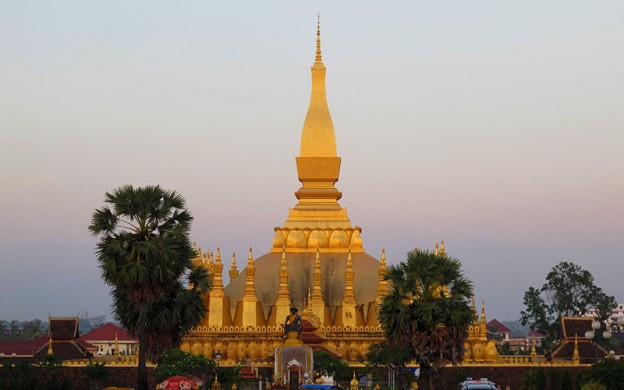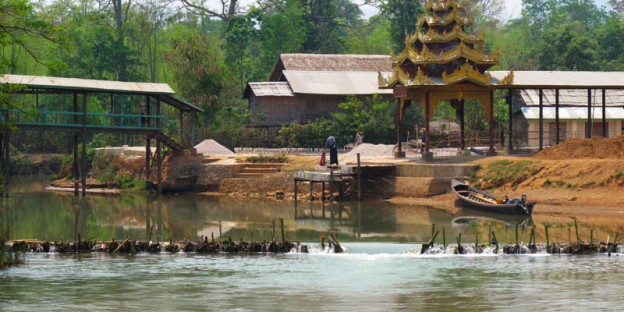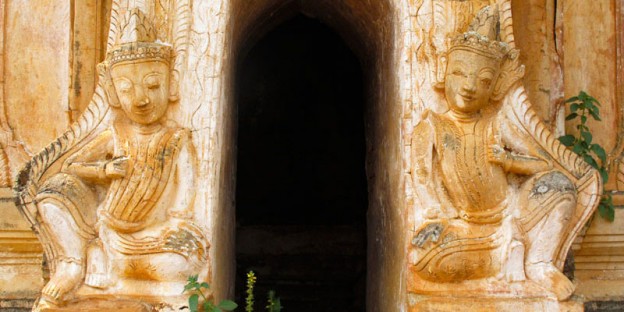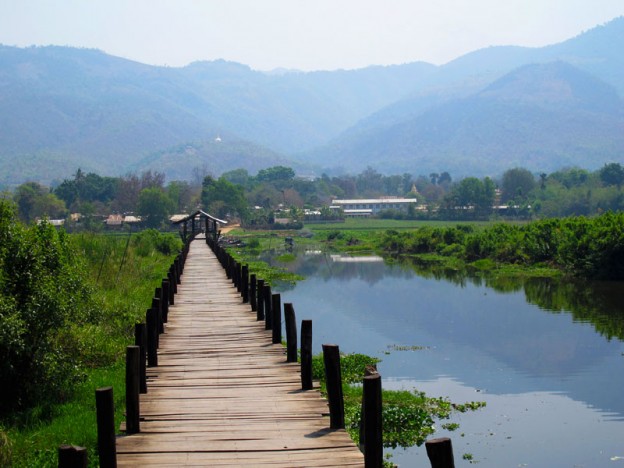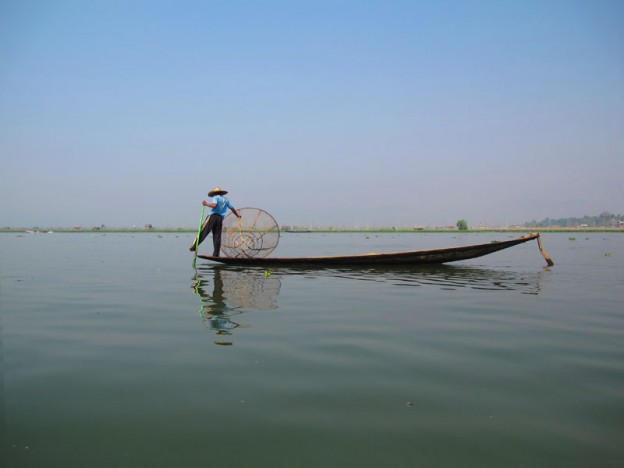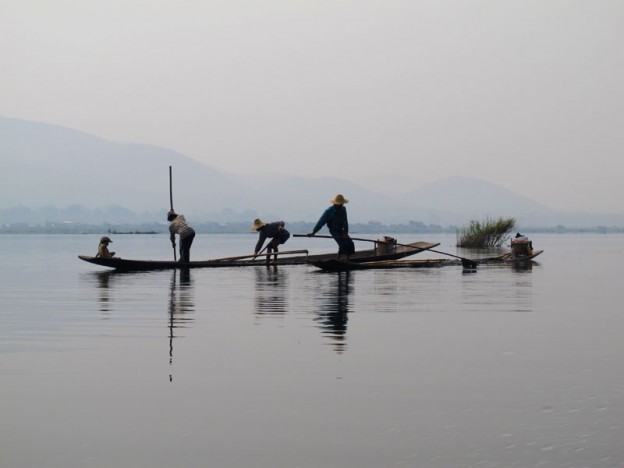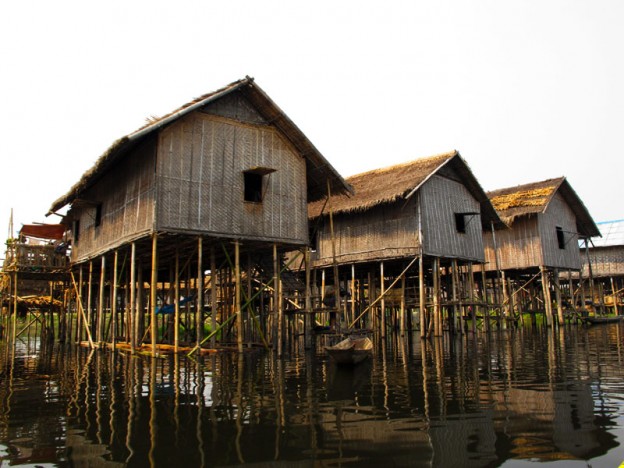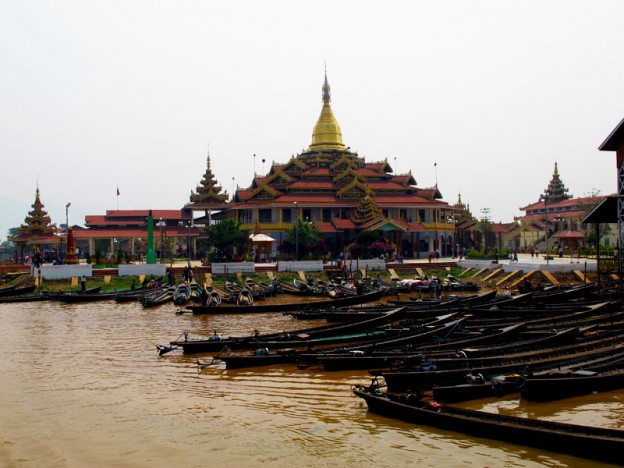Update, 20 November 2013: The process was exactly the same as it has been that last couple times I did this. Though, this time around, I was asked questions about why I wanted double entry, what I was doing in Thailand, why I wanted to stay in Thailand so long, why I stayed so long before, where I was going, etc. There was also a discussion about whether I would be able to use the second entry in time (Thai visas are valid for only three months, so you need you second stamp the day before it expires—not the day of, because it is technically expired that day). Anyway, I explained that I was traveling around Southern Thailand, was going to Indonesia for two weeks, Philippines for two weeks, and that I probably would only be in Thailand for 50 days instead of the full 60 days. I also threw it out there that I had been back to the US for nine months. Those responses seemed to satisfy him. I am not sure if he was just being helpful, so that I wasn’t charged for an entry I couldn’t use, or if Thailand is being a bit more restrictive.
Also note: If you are from a G7 country (US, UK, France, Germany, Italy, Canada, and Japan), you will a receive 30-day visa waiver on land crossings starting 1 November 2013. Previously it was only 15 days.
Getting a Thai visa in Laos isn’t difficult if you know what to do. It’s best to be prepared with the application form, photos, copies, and baht. The visa process is simple, yet there seems to be a lot of confusion because it isn’t explained very well. What is on the Thai consulate website for Vientiane doesn’t tell you everything you’ll need either, so I’ll walk you through the visa process so you can get your Thai visa without issue.
There are a few things you will need.
- Visa application form
- Two (2) passport size photos
- Photocopy of you passport information page
- Photocopy of your Laos visa
- Photocopy of your Laos entry stamp
- 1000-2000 baht
Vientiane is the only place in Laos where Thailand will issue you a visa. The Thai consulate is located at No.15 Ban Ponesinuan, Bourichane Road. Don’t go to one at Phomvihane Avenue, it’s not the right place. Any tuk tuk can take you and will know exactly where to go. They might pull out a rate card showing a list of embassies and prices, and try to charge you 40,000 kip. Don’t pay more than 20,000 kip from the central area near the river. You could probably even get it down to 15,000 kip if you work at it. When you leave, walk a block or two away from the consulate to avoid the tuk tuk queue so you can get a cheaper rate. Don’t have a tuk tuk driver wait for you, it’s not worth it.
When you get to the consulate there are a lot of touts outside telling you that you’ll need a different form, they will help you fill it out, they will take your picture, they will expedite the process, and so on. Almost none of it is true or necessary. They’re just charging you for stuff you can easily do on your own. Ignore them and enter through the gate and go to the right where there is a covered area.
1. Visa Application Form
The visa application form is free and is available inside the Thai consulate or on their website here. Don’t listen to the touts outside telling you the form you have is not the right one (it is). If you decide to get the form at the consulate, which is perfectly fine, just go to the windows (1 or 2). Someone will be next to them to give you the form. Ask for a number from this person. Don’t worry, you will have plenty of time to fill out the form before your number is called.
Fill out the form completely. I mean completely, including your hotel address and phone number in Laos. They want this information. Tourists visas don’t require a representative in Thailand, so you can leave that blank, but everything else should be completed. So many people don’t complete the form fully and have to go back and do it. If you are unsure, ask the person that gave you the form or your number if it looks good. They are very helpful and will tell you if something is not right.
If you want a double entry tourist visa, write “2” in the line under your photo and make sure you mention it to the Thai consulate officer when you turn in your paperwork and passport.
2. Two (2) Passport Size Photos
You will need two photos. This is the only thing you might need to use the people outside the consulate for. They charge 25,000 kip (about $3). Most likely the photos you get elsewhere are too big, but don’t worry. Scissors are provided to trim them down to a small size to attach to the application. The photos should be glued to the application. Glue is provided at the consulate, as well.
3. Photocopies
You will need copies of your passport information page, Laos visa and Laos entry stamp. Do NOT use the services out front of the consulate. They charge at least 10,000 kip for a copy (some even more). Inside the consulate there is a person that will make the copies for you for 1000 kip per a page—significantly cheaper. You will see a sign pointing you upstairs that says “Copies” if you need this service. Just go up there and he will make the copies, tell you you to sign the passport information page, glue your photos on, and staple everything together for you.
You need to sign the copy of your passport information page. All of the pages should be stapled together, application first, passport information page second, Laos visa and entry stamp last.
4. Wait for Your Number to Be Called
They have a number board, but they don’t use it. You need to listen for them to call your number. They will announce them in groups, such as 51 to 55. This takes some time and you’ll be waiting for a while. Getting there early is a good idea. They open at 8:30am and close at noon. You can only apply for your visa during these times. If it’s busy, them might stop letting people in before it’s even noon.
When your number is called, the person at the window will check your paperwork to make sure it’s in order. This is a good to mention you want a double entry visa (if you do) just so they take note of it (the double entry visa is 2000 baht). You do not pay this person. He just checks everything over and if it’s in order he will tell you go into the building next door to pay.
5. Paying for Your Visa
You need to pay for your visa the same day you request it. Go to the building across from the area where you turned in your paperwork and take a seat. They will call your number when they are ready for you to pay. This area is indoors and air-conditioned, so its not so bad. This will be a little bit of wait as well. Your paperwork has to be put together, ferried over to where you’re at, and they have to print a receipt for you.
They call several numbers at once and not in order, so just listen for it. Go to the line and pay when your number is called. You must pay in baht. It’s best to have exact change. A single entry visa is 1000 baht and a double entry visa is 2000 baht. Make sure you keep your receipt. You need to present it when you pick up your passport.
6. Pick Up Your Passport
Your visa will be ready the next day from 1-3pm. You pick it up where you paid. You will present your receipt and they will give you your passport. Check the consulate website to make sure there are no holidays, Thai or Laos, since the consulate will be closed.
That’s all there is to it. The visa process goes rather smoothly, if a bit slowly, when you have everything in order and know what to expect. The biggest things to keep in mind are that you don’t need any of the services out front, you don’t need anyone to help you, and there is no way for anyone to expedite your visa. The Thai consulate simply does not provide rush or urgent visas. The turn around time is already one day, which is pretty short. My double-entry Thai visa was granted with no fuss and everything went smoothly.
Did you get a Thai visa in Laos? Share your experience in the comments section below.
